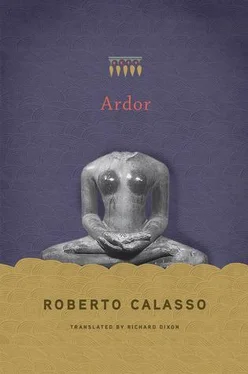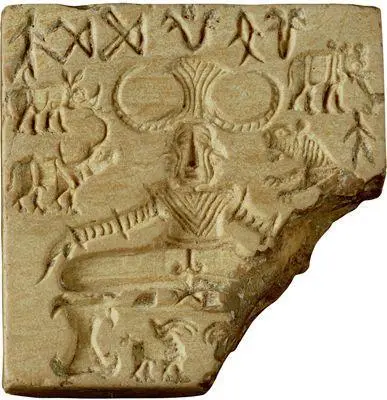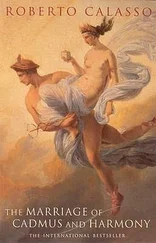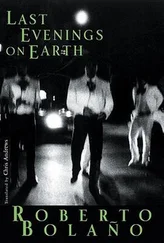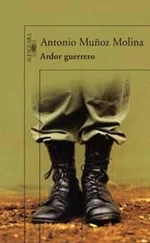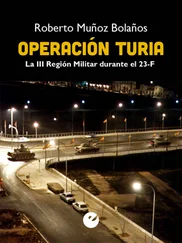Roberto Calasso - Ardor
Здесь есть возможность читать онлайн «Roberto Calasso - Ardor» весь текст электронной книги совершенно бесплатно (целиком полную версию без сокращений). В некоторых случаях можно слушать аудио, скачать через торрент в формате fb2 и присутствует краткое содержание. Год выпуска: 2014, Издательство: Farrar, Straus and Giroux, Жанр: Современная проза, на английском языке. Описание произведения, (предисловие) а так же отзывы посетителей доступны на портале библиотеки ЛибКат.
- Название:Ardor
- Автор:
- Издательство:Farrar, Straus and Giroux
- Жанр:
- Год:2014
- ISBN:нет данных
- Рейтинг книги:5 / 5. Голосов: 1
-
Избранное:Добавить в избранное
- Отзывы:
-
Ваша оценка:
Ardor: краткое содержание, описание и аннотация
Предлагаем к чтению аннотацию, описание, краткое содержание или предисловие (зависит от того, что написал сам автор книги «Ardor»). Если вы не нашли необходимую информацию о книге — напишите в комментариях, мы постараемся отыскать её.
has called “a literary institution,” explores the ancient texts known as the Vedas. Little is known about the Vedic people who lived more than three thousand years ago in northern India: they left behind almost no objects, images, or ruins. They created no empires. Even the hallucinogenic plant the
, which appears at the center of some of their rituals, has not been identified with any certainty. Only a “Parthenon of words” remains: verses and formulations suggesting a daring understanding of life.
“If the Vedic people had been asked why they did not build cities,” writes Calasso, “they could have replied: we did not seek power, but rapture.” This is the ardor of the Vedic world, a burning intensity that is always present, both in the mind and in the cosmos.
With his signature erudition and profound sense of the past, Calasso explores the enigmatic web of ritual and myth that defines the Vedas. Often at odds with modern thought, these texts illuminate the nature of consciousness more than today’s neuroscientists have been able to do. Following the “hundred paths” of the
, an impressive exegesis of Vedic ritual,
indicates that it may be possible to reach what is closest by passing through that which is most remote, as “the whole of Vedic India was an attempt to
.”
